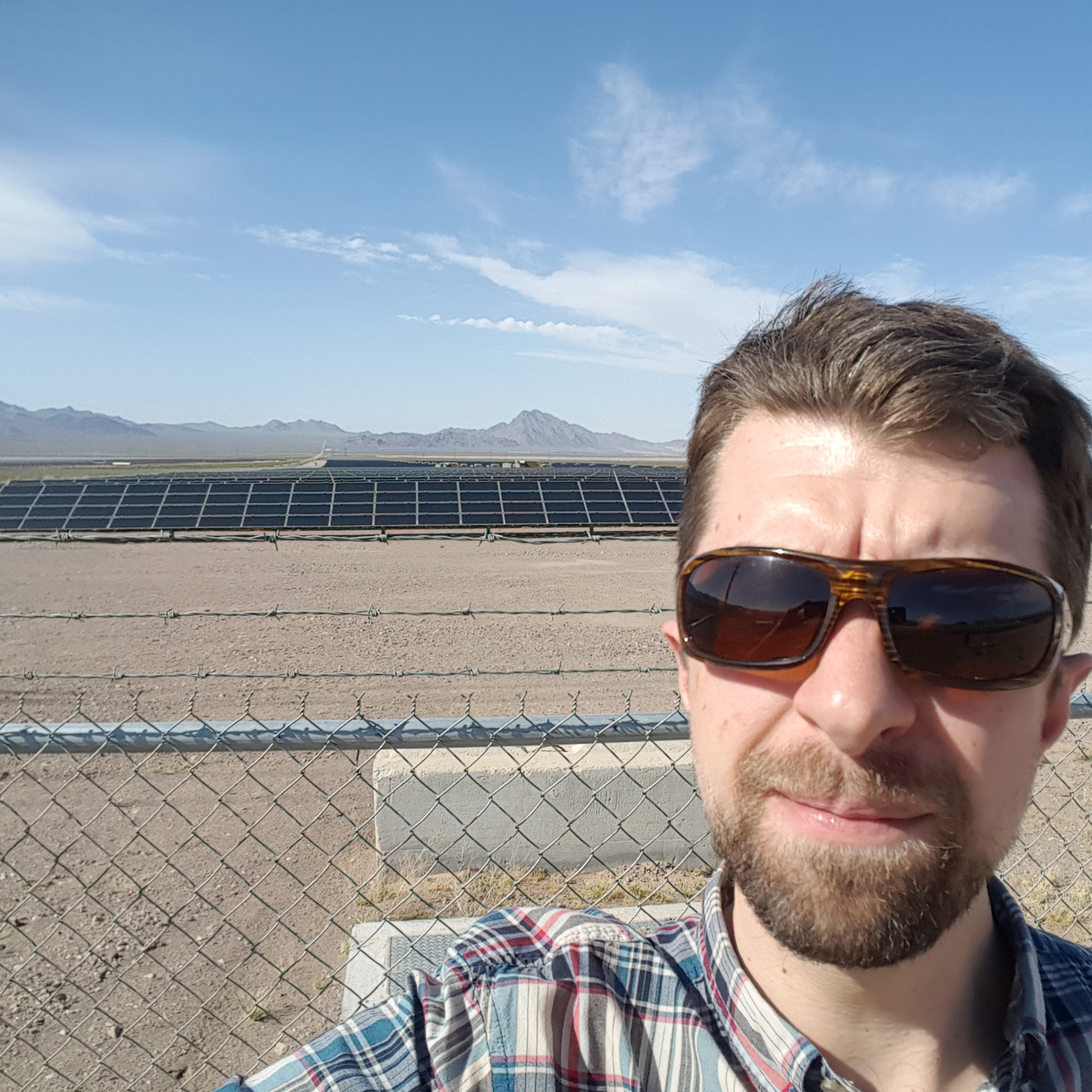Portland General Electric announced the procurement of 400 MW(ac) of new standalone energy storage projects from NextEra Energy Resources and Eolian LP, a private developer.
The two projects use 4-hour duration lithium-ion battery modules. Collectively, the 400 MW nameplate capacity projects can provide enough clean power for 260,000 homes at four-hour intervals during peak power usage times such as weeknights from 5 pm to 9 pm.
The new storage projects will be located at utility substation end points, close to electrical demand, and will store enough electricity to power all PGE customer homes in the Portland city area for an entire evening on battery-delivered energy alone.
The storage projects are designed to address grid constraints, delivering flexibility to PGE’s grid operators to meet changing conditions and manage costs. Stored energy can be reliably deployed within seconds to customers during extreme weather events or times of high demand, while reducing the reliance on fossil fuels and costly demand-side power, the utility said.
The energy storage projects include:
- Seaside: At 200 MW, located in North Portland, Seaside will be owned by PGE upon construction and will be installed by Eolian. The project was initially developed in 2017 and is expected to enter commercial operations by mid-2025.
- Troutdale: A 200 MW facility, Troutdale will be owned and operated by NextEra Energy Resources upon completion and has been developed by Eolian since 2018. The project is located at a key substation in Troutdale, Ore., and is expected to begin service by late 2024. PGE will purchase the output from a NextEra subsidiary under a 20-year Storage Capacity Agreement.
The storage facilities allow PGE to optimize renewable energy projects across its Pacific Northwest portfolio, as the four-hour batteries provide less expensive power when intermittent resources such as wind farms and solar farms are inactive.
“Anticipating the need for resilient, flexible and carbon-free grid-balancing resources to serve the dynamic growth of the Portland metro area led us to focus on the development of battery energy storage sites at key substations directly serving load in the region,” said Eric Stoutenburg, director of energy storage at Eolian.
“The Troutdale battery storage project, in addition to the Wheatridge Renewable Energy facilities, the first utility-scale energy facilities in North America to co-locate” 350 MW of wind and solar projects with battery storage resources (30 MW), “really demonstrate the tremendous results that great collaboration can achieve,” said Rebecca Kujawa, president and chief executive officer of NextEra Energy Resources.
Sited locally, the new projects will bring family wage jobs and tax revenue to Oregon. Employment opportunities in the local economy supported by these projects include roles in development, engineering, construction and installation, logistics, operations and maintenance.
The energy storage projects were procured from PGE’s 2021 Request for Proposal and represent one example of the kind of non-emitting energy resources PGE is utilizing to advance decarbonization and bolster resource adequacy – a strategy outlined in the utility’s recent Clean Energy Plan & Integrated Resource Plan.
Recently PGE completed the Faraday Repower & Resiliency Project, a multi-year modernization effort to improve the efficiency, reliability and operational safety of a historic hydropower plant.
On April 26, Pachwáywit Fields, Oregon’s largest solar farm at 162 MW, entered commercial operations, supported by commercial customers and municipalities enrolled in PGE’s Green Future Impact program. PGE purchases the output from Pachwáywit Fields, which is owned and operated by Avangrid through a long-term PPA.
Integrated resource plan (IRP) highlights
- VPP: the growing role of customer-sited and community-based renewable energy resources in PGE’s decarbonization efforts underscores the importance of ongoing efforts to enhance the capacities of distributed energy resources to provide local and system value when managed as a Virtual Power Plant.
- Energy efficiency and demand response deployments during the coming years. PGE establishes a target for community-based renewable energy resources of 155 MW by 2030, with plans to pursue at least 66 MW by 2026.
- New solar project capacity buildout of 490 MW in 2029 and wind farms of 227 MW in 2026.
- New energy storage projects of 232 MW per year starting in 2026.
Portland General is a 130-year old electric utility providing electricity to more than 900,000 customers in 51 cities across Oregon. The investor-owned utility trades on the New York Stock Exchange with a $4.5 billion market capitalization.
This content is protected by copyright and may not be reused. If you want to cooperate with us and would like to reuse some of our content, please contact: editors@pv-magazine.com.









By submitting this form you agree to pv magazine using your data for the purposes of publishing your comment.
Your personal data will only be disclosed or otherwise transmitted to third parties for the purposes of spam filtering or if this is necessary for technical maintenance of the website. Any other transfer to third parties will not take place unless this is justified on the basis of applicable data protection regulations or if pv magazine is legally obliged to do so.
You may revoke this consent at any time with effect for the future, in which case your personal data will be deleted immediately. Otherwise, your data will be deleted if pv magazine has processed your request or the purpose of data storage is fulfilled.
Further information on data privacy can be found in our Data Protection Policy.